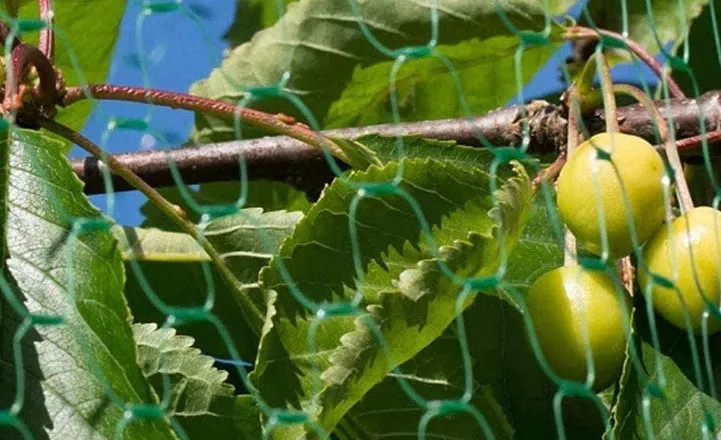-
 Afrikaans
Afrikaans -
 Albanian
Albanian -
 Amharic
Amharic -
 Arabic
Arabic -
 Armenian
Armenian -
 Azerbaijani
Azerbaijani -
 Basque
Basque -
 Belarusian
Belarusian -
 Bengali
Bengali -
 Bosnian
Bosnian -
 Bulgarian
Bulgarian -
 Catalan
Catalan -
 Cebuano
Cebuano -
 China
China -
 Corsican
Corsican -
 Croatian
Croatian -
 Czech
Czech -
 Danish
Danish -
 Dutch
Dutch -
 English
English -
 Esperanto
Esperanto -
 Estonian
Estonian -
 Finnish
Finnish -
 French
French -
 Frisian
Frisian -
 Galician
Galician -
 Georgian
Georgian -
 German
German -
 Greek
Greek -
 Gujarati
Gujarati -
 Haitian Creole
Haitian Creole -
 hausa
hausa -
 hawaiian
hawaiian -
 Hebrew
Hebrew -
 Hindi
Hindi -
 Miao
Miao -
 Hungarian
Hungarian -
 Icelandic
Icelandic -
 igbo
igbo -
 Indonesian
Indonesian -
 irish
irish -
 Italian
Italian -
 Japanese
Japanese -
 Javanese
Javanese -
 Kannada
Kannada -
 kazakh
kazakh -
 Khmer
Khmer -
 Rwandese
Rwandese -
 Korean
Korean -
 Kurdish
Kurdish -
 Kyrgyz
Kyrgyz -
 Lao
Lao -
 Latin
Latin -
 Latvian
Latvian -
 Lithuanian
Lithuanian -
 Luxembourgish
Luxembourgish -
 Macedonian
Macedonian -
 Malgashi
Malgashi -
 Malay
Malay -
 Malayalam
Malayalam -
 Maltese
Maltese -
 Maori
Maori -
 Marathi
Marathi -
 Mongolian
Mongolian -
 Myanmar
Myanmar -
 Nepali
Nepali -
 Norwegian
Norwegian -
 Norwegian
Norwegian -
 Occitan
Occitan -
 Pashto
Pashto -
 Persian
Persian -
 Polish
Polish -
 Portuguese
Portuguese -
 Punjabi
Punjabi -
 Romanian
Romanian -
 Russian
Russian -
 Samoan
Samoan -
 Scottish Gaelic
Scottish Gaelic -
 Serbian
Serbian -
 Sesotho
Sesotho -
 Shona
Shona -
 Sindhi
Sindhi -
 Sinhala
Sinhala -
 Slovak
Slovak -
 Slovenian
Slovenian -
 Somali
Somali -
 Spanish
Spanish -
 Sundanese
Sundanese -
 Swahili
Swahili -
 Swedish
Swedish -
 Tagalog
Tagalog -
 Tajik
Tajik -
 Tamil
Tamil -
 Tatar
Tatar -
 Telugu
Telugu -
 Thai
Thai -
 Turkish
Turkish -
 Turkmen
Turkmen -
 Ukrainian
Ukrainian -
 Urdu
Urdu -
 Uighur
Uighur -
 Uzbek
Uzbek -
 Vietnamese
Vietnamese -
 Welsh
Welsh -
 Bantu
Bantu -
 Yiddish
Yiddish -
 Yoruba
Yoruba -
 Zulu
Zulu
bird trapping net
The Art of Bird Trapping An Overview of Bird Trapping Nets
Bird trapping has long been a practice rooted in tradition, science, and sometimes, necessity. Among the various methods employed in this age-old activity, the use of bird trapping nets stands out for its effectiveness and humaneness when done correctly. This article delves into the intricacies of bird trapping nets, their design, functionality, and the ethical considerations surrounding their use.
Understanding Bird Trapping Nets
Bird trapping nets are specialized tools designed to capture birds without causing them harm. They typically consist of fine mesh material that is both durable and lightweight, allowing birds to become ensnared while minimizing the risk of injury. There are various types of nets employed in bird trapping, with the most common being mist nets and cannon nets.
- Mist Nets are perhaps the most widely recognized bird trapping nets. They are made from thin, nearly invisible nylon strands arranged in a series of vertical pockets. These nets are often set up in areas where birds are known to frequent, such as migratory pathways or feeding grounds. When a bird flies into the net, it becomes entangled in the soft mesh, allowing for easy retrieval without physical harm.
- Cannon Nets are larger, more sophisticated trapping mechanisms that involve the use of explosives. They typically consist of a large net attached to a series of projectiles. When triggered, the projectiles are launched, propelling the net over a designated area to trap groups of birds. This method is commonly used in research and conservation efforts to capture larger flocks.
The Purpose of Bird Trapping
Birds are trapped for various reasons. One of the primary motivations is for scientific research. Ornithologists often need to study bird populations, migration patterns, and overall health to inform conservation strategies. Trapping nets allow for the safe capture and subsequent banding of birds, which provides insights into their behaviors and life cycles.
Additionally, bird trapping is employed in the context of rehabilitation. Injured or orphaned birds can be captured and brought to wildlife recovery centers, where they receive care and support. Understanding bird populations also contributes to the monitoring of ecosystem health, as birds are excellent indicators of environmental changes.
bird trapping net

Ethical Considerations
While bird trapping nets can be an effective and humane method for capturing birds, it is essential to conduct such activities responsibly. Ethical trapping practices are critical to ensuring that local bird populations are not unduly harmed. Trappers are encouraged to adhere to specific guidelines, including
1. Permits and Regulations Many regions require permits for bird trapping, particularly for species that are protected. Always ensure compliance with local laws and regulations before engaging in trapping activities.
2. Timely Checks Nets should be checked frequently to minimize the time birds spend trapped. This practice reduces stress and the likelihood of injury.
3. Minimizing Impact It is crucial to consider the impacts on local bird populations. Trapping should be conducted selectively, targeting species that are abundant or in need of monitoring.
4. Public Education Engaging in community outreach and education can help shore up public support for responsible bird conservation and the importance of scientific research.
Conclusion
Bird trapping using nets is a valuable tool in the field of ornithology and conservation. When employed ethically and with consideration for the well-being of avian populations, it can support crucial research and effort towards biodiversity preservation. By understanding the best practices and ethical considerations associated with bird trapping nets, we can ensure that this ancient practice evolves into a sustainable activity that fosters respect for wildlife. As stewards of our environment, it is our responsibility to make informed choices that protect the delicate balance of our ecosystems.
-
Shipping Plastic Bags for Every NeedNewsJul.24,2025
-
Safety Netting: Your Shield in ConstructionNewsJul.24,2025
-
Plastic Mesh Netting for Everyday UseNewsJul.24,2025
-
Nylon Netting for Every UseNewsJul.24,2025
-
Mesh Breeder Box for Fish TanksNewsJul.24,2025
-
Expanded Steel Mesh Offers Durable VersatilityNewsJul.24,2025











